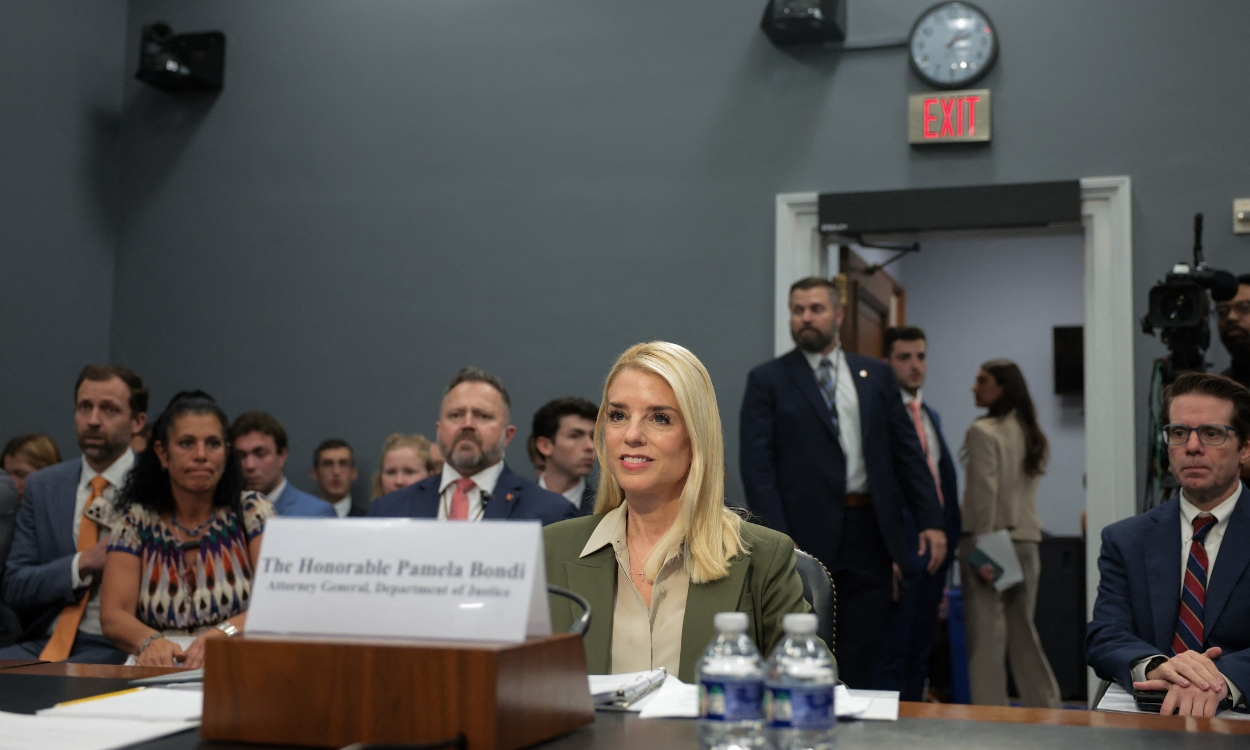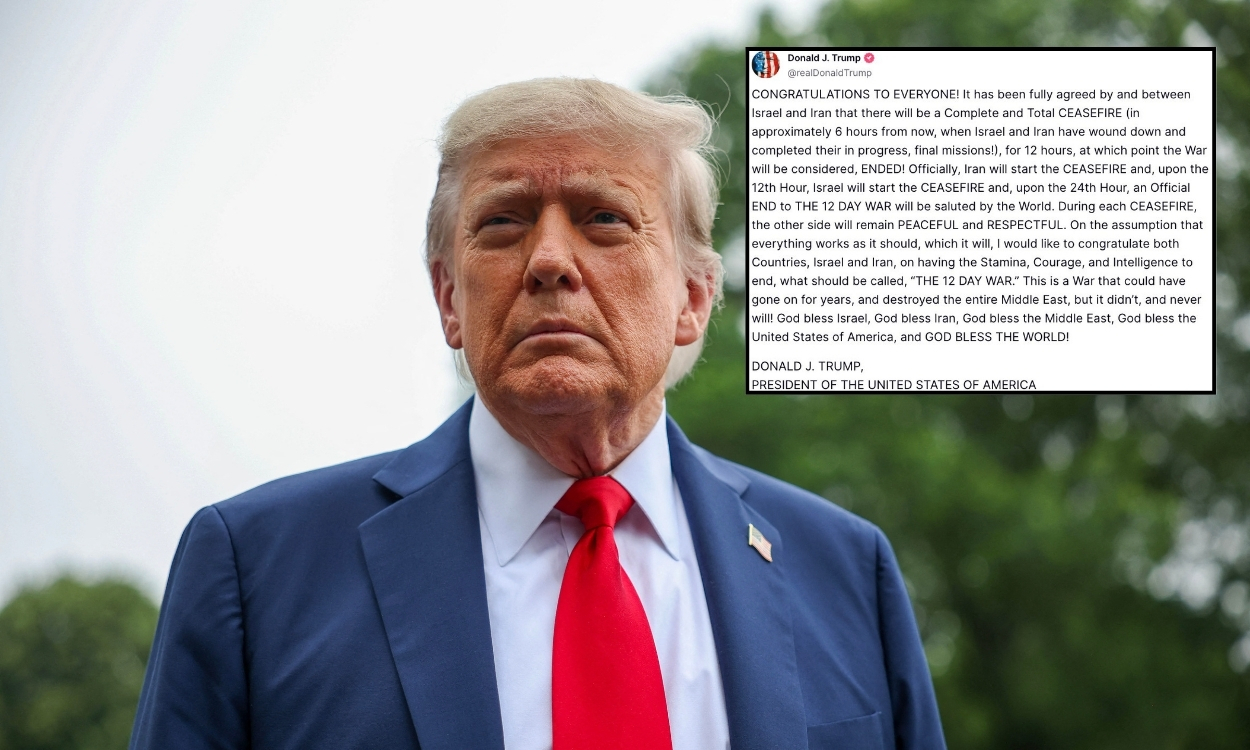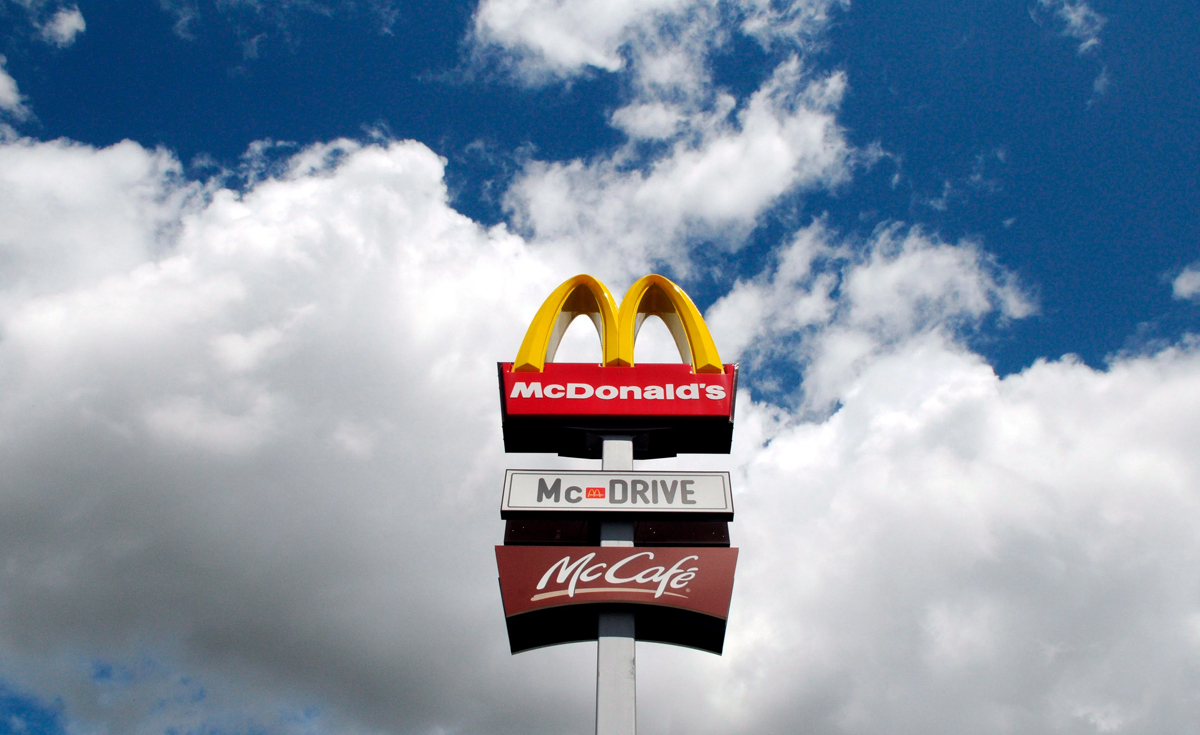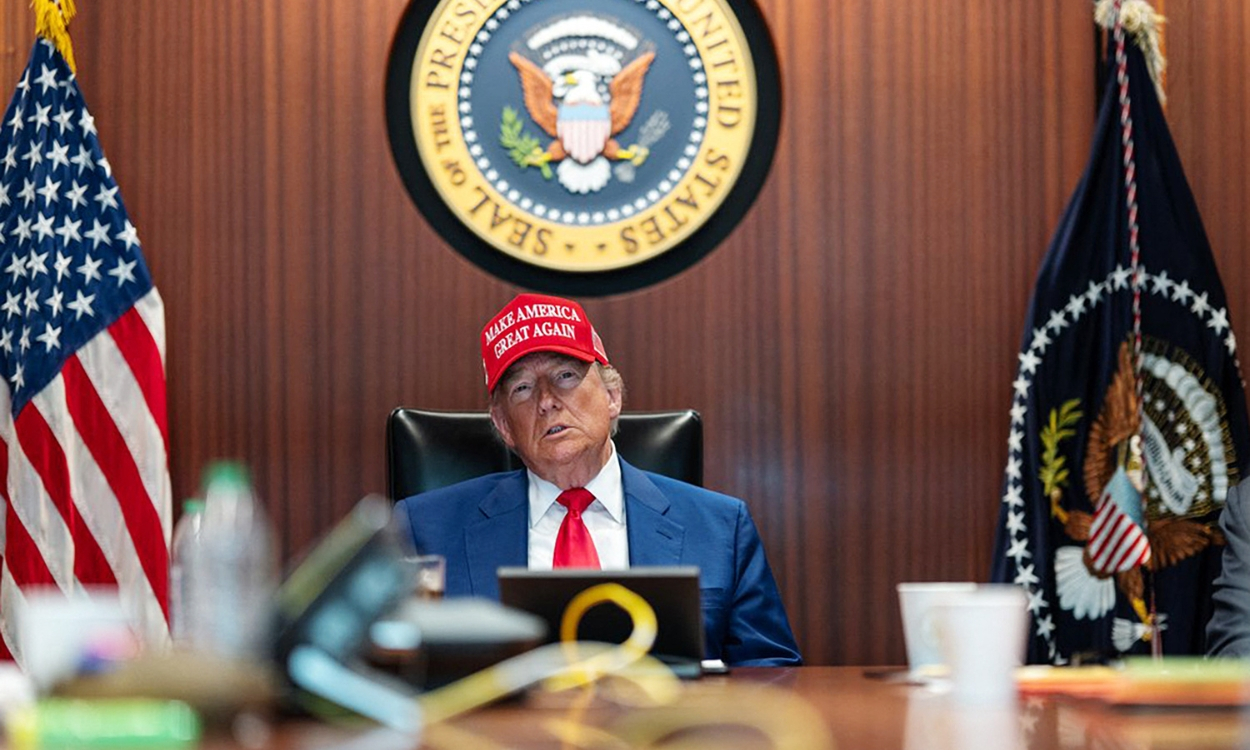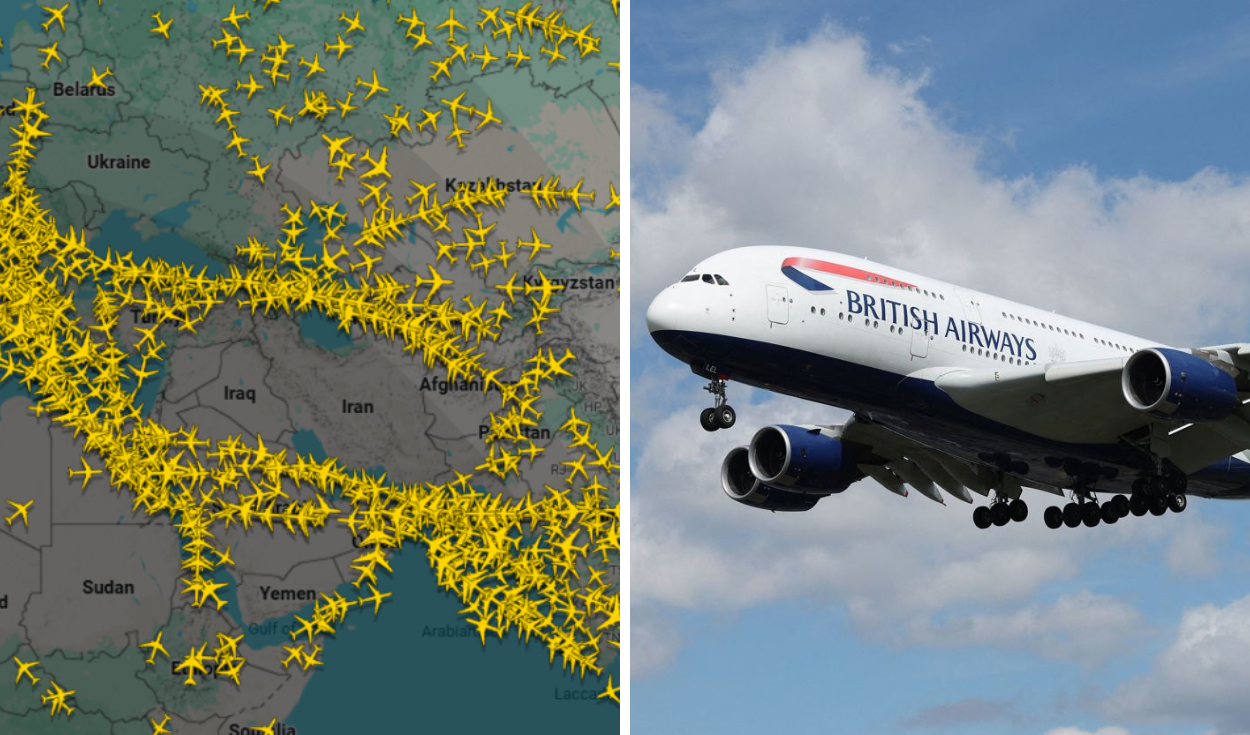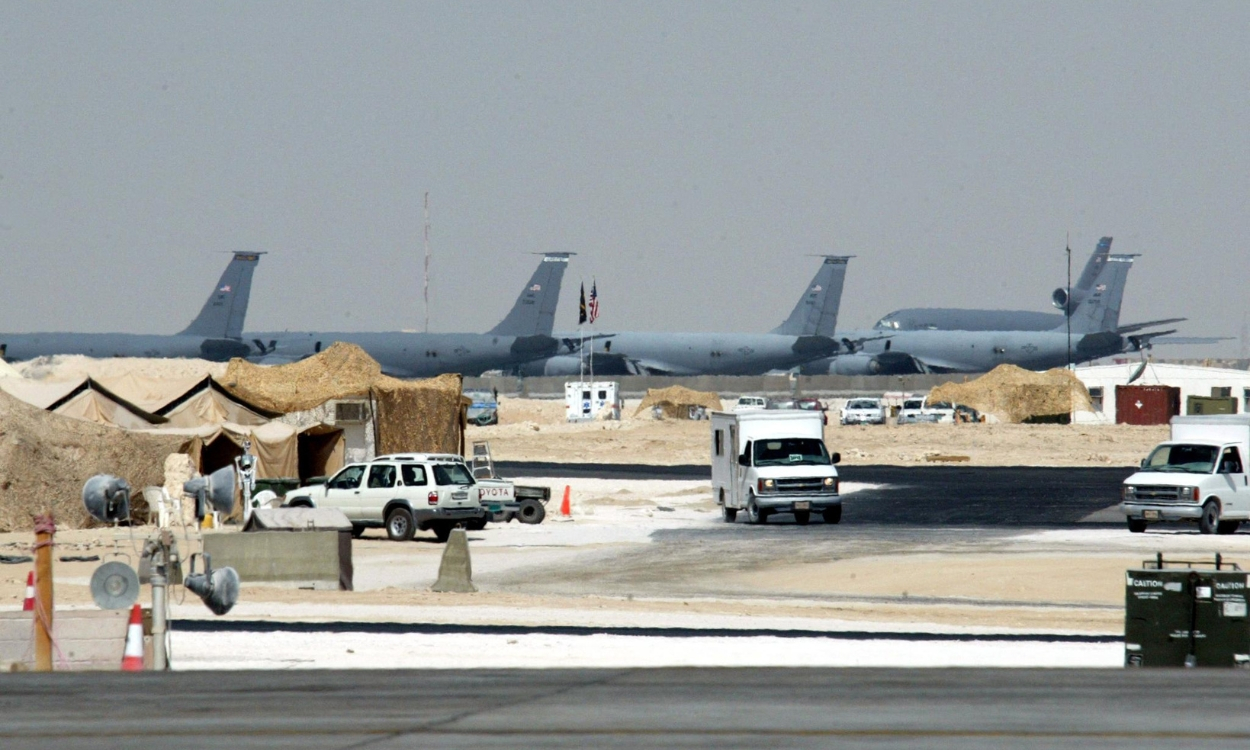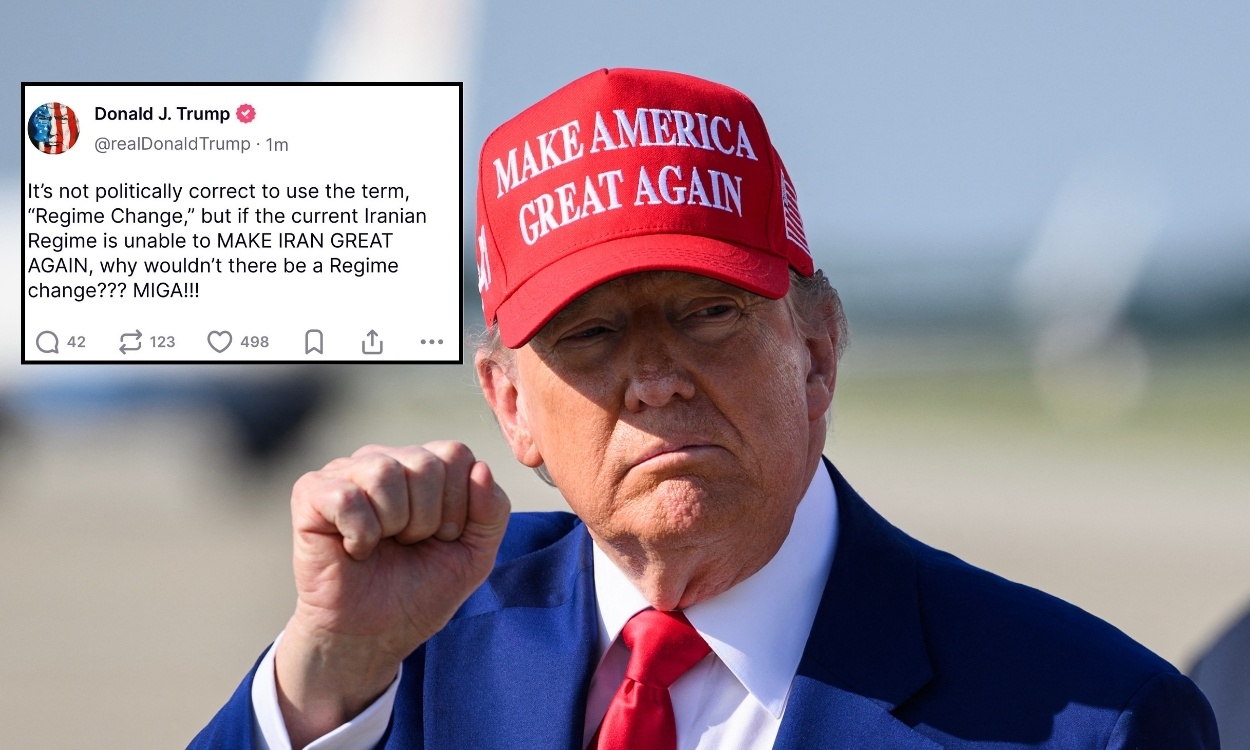Adidas faces higher U.S. prices as Trump’s tariffs affect global supply chain
Adidas has announced it will raise prices on all U.S. products due to tariffs imposed by President Donald Trump. The sportswear giant faces uncertainty in its pricing strategy as tariffs on imports from countries like China, Vietnam, and Cambodia impact production costs.
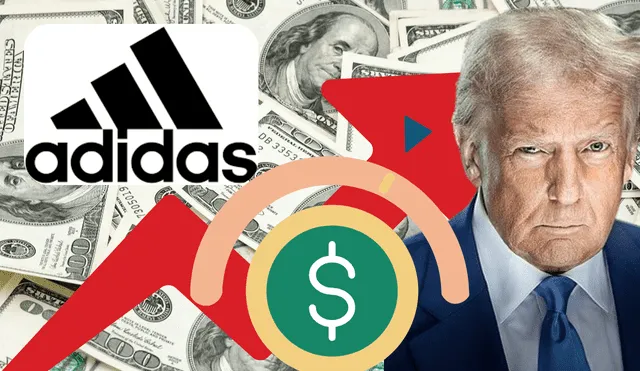
Adidas has announced that it will raise the prices of its products in the U.S. due to tariffs imposed by President Donald Trump.
The company has warned that the full extent of the price hikes is still uncertain, as the trade dispute between the U.S. and several key manufacturing countries, including China, Vietnam, and Cambodia, continues.
Adidas to increase prices on U.S. products due to U.S. tariffs
Adidas, as many other companies, obtains many of its products from countries affected by the tariffs; particularly China or in Southeast Asia. Even when the company has reduced it imports from China, it is still facing the tariffs on imported goods from Vietnam and Cambodia.
Adidas has made impressive earnings in 2025, despite the uncertainty about tariffs. As the company's net income soared 155%, far surpassing Wall Street’s expectations. Adidas also reported a 12.7% increase in net sales, indicating strong demand for its products despite the ongoing tariff challenges.
Adidas navigates global trade challenges
As the future of tariffs in the U.S. is very unpredictable, Adidas has not yet provided a forecast for the rest of the year. While executives know that demand for their products is still strong, a raise in tariffs or manufacturing pricing could change that overnight.
However, Adidas is not the only company struggling with these kinds of difficulties among the global trade market. Many retail and e-commerce giants are facing similar challenges regarding rising production costs and potential shifts in consumer spending.
Adidas faces challenges from higher tariffs and potential price increases in the U.S. market
Adidas faces uncertainty over the impact of higher tariffs being applied to its products destined for the U.S. market. CEO Bjørn Gulden explained that these tariffs will lead to increased production costs, which may result in higher prices for their products. However, the company is unable to predict the exact impact on demand, as they are still unsure about the final tariffs and the outcome of negotiations between the U.S. and other exporting countries.
While Adidas has diversified its supply chain, analysts suggest the company may face greater challenges in raising prices compared to competitors like Nike and Hoka. This is because Adidas consumers are less tolerant of price hikes, especially in popular lines like the Superstar and Gazelle models. Despite these challenges, Adidas reported a 17% increase in sales during the first quarter of the year, surpassing expectations in both sales and profits.


